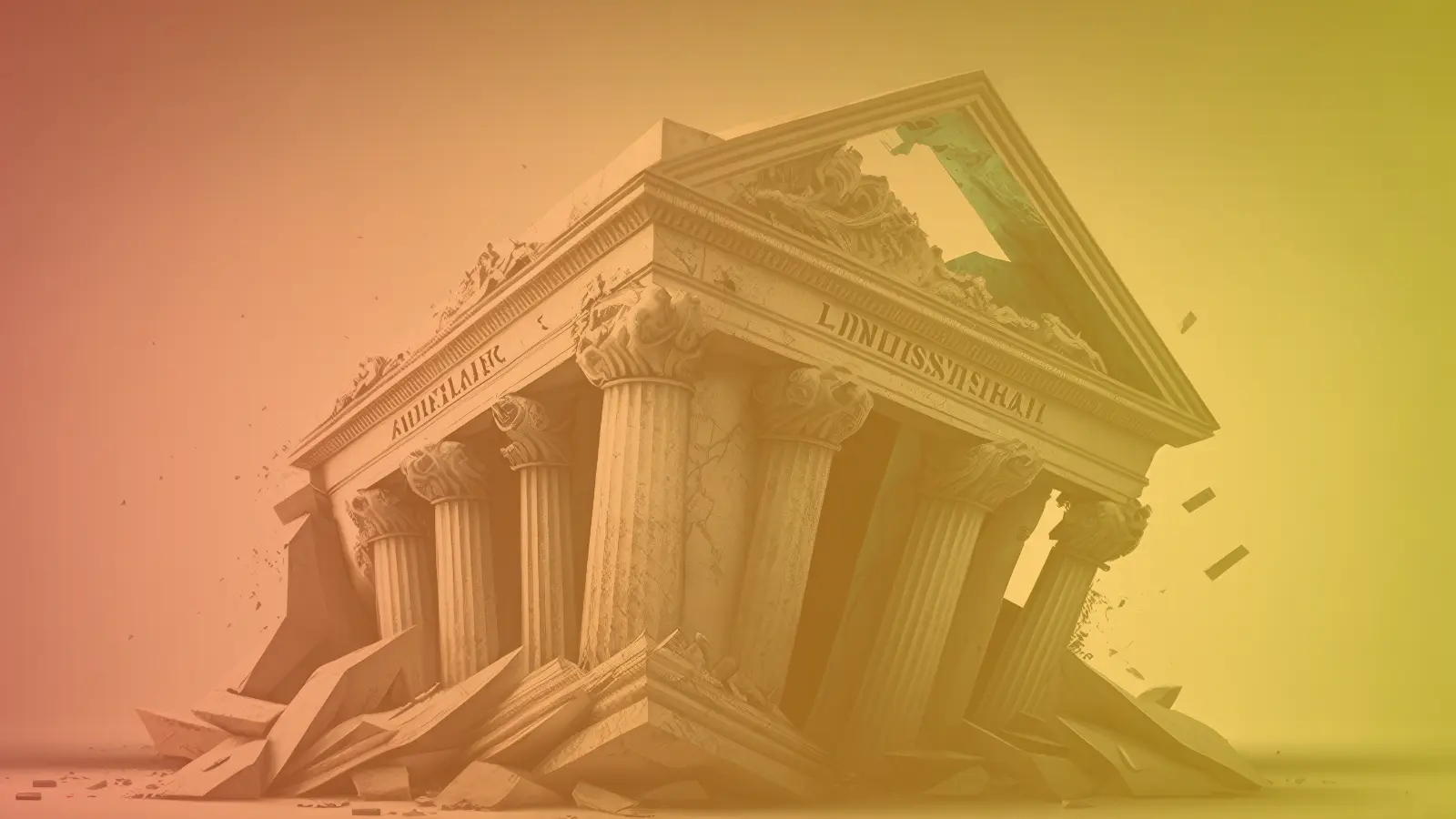Artificial Intelligence (AI) is shaking up everything we know about work and learning, especially in education, which is feeling the heat from teachers, parents, and students alike. Our old-school teaching methods look dusty compared to what the job market wants. So, how do we get kids ready for a future that’s changing faster than a TikTok trend?
Enter Sabba Quidwai, our education superhero. She’s taught in public high schools and worked for tech giants like Apple, and now she’s cooking up some fresh ideas. Sabba is not about replacing teachers with AI. Instead, she’s all about supercharging human skills like creativity and problem-solving.
And here’s the thing – whether you’re a boss, a parent, or just trying to keep up with AI, Sabba’s got something for you. Because let’s face it, in this wild AI world, we’re all students now.
The Problem With Problem-Solving
Sabba starts our conversation with a bang:
“If I had 60 minutes to solve a problem, I would spend 55 minutes on the problem and five minutes on the solution.”
Attributed to Einstein
Now, you might be thinking, “What’s Einstein got to do with AI?” As Sabba points out, this approach is exactly what’s happening with the latest AI models.
In education, we often rush to solutions without fully understanding the problem. Quidwai argues that this tendency leads to surface-level fixes rather than meaningful change. By adopting a design thinking approach, educators can dig deeper into the challenges facing modern education.
Design Thinking: More Than a Buzzword
- Empathy-driven problem identification
- Challenging ingrained assumptions
- Adopting a growth-oriented mindset
In a world where AI is getting freakishly good at stuff we thought only humans could do, these skills are like gold dust.
Focusing on these human-centric skills prepares students for a future where creativity and critical thinking are paramount.
AI: The Unexpected Teacher
Interestingly, Quidwai points out that the latest AI models are being trained to emulate human learning processes:
- Spending more time on problem analysis
- Trying various strategies
- Learning from mistakes
It’s like we teach machines to be more human than we let our kids be. Wrap your head around that one!
This development presents both a challenge and an opportunity for educators. How can we ensure our teaching methods keep pace with AI advancements while nurturing uniquely human skills?
From Essays to Innovation Labs
Sabba shares an example of using ChatGPT to create a design thinking lesson for first graders, transforming a simple reading assignment into an interactive problem-solving exercise.
From Essays to Innovation Labs
Sabba shares an example of using ChatGPT to create a design thinking lesson for first graders, transforming a simple reading assignment into an interactive problem-solving exercise.
This approach moves beyond traditional assessment methods, encouraging students to engage with material more meaningfully. It’s not just about comprehension but also about application and innovation.
“If ChatGPT wasn’t here, we’d still be doing essays in the classroom. Just business as usual.”

Venture Capitalist
The Time Management Revolution
Professionals spend an average of 19 hours per week on written communication.
That’s like half a workweek!
But Sabba has a challenge for us: Use AI to save 8 hours a week. Imagine what you could do with a whole extra day.
But it’s not just about efficiency. Sabba calls it the “Clear the Calendar Challenge.”
This challenge encourages educators and leaders to use this reclaimed time for high-impact activities. For teachers, this could mean more one-on-one student interactions. For administrators, it might enable more strategic planning and less busy work.
HIRE: A Framework for AI Integration
To help educators and leaders navigate AI adoption, Quidwai presents the HIRE framework:
- History: Understanding an AI tool’s capabilities and limitations
- Instructions: Effectively guiding AI to achieve desired outcomes
- Roles: Assigning appropriate tasks to AI tools
- Efficiency: Evaluating the actual impact of AI integration
“We call it, ‘hiring your AI team,’ and defining the parallels between onboarding humans and AI tools into our organization.”

Venture Capitalist
This structured approach helps demystify AI, making it a practical tool rather than an intimidating technology.
It’s like onboarding a new employee but for your AI assistant. Pretty clever, huh?
Addressing the Ethics of EdTech
Quidwai doesn’t shy away from the ethical concerns surrounding AI in education. She argues against blanket technology bans, instead advocating for teaching responsible tech use.
Instead of just focusing on phones, she thinks we should be looking at the bigger picture – like how ads target kids, for example. It’s about tackling the root causes, not just putting a band-aid on the symptoms.
“We’ve left this problem to fester for 20 years,” she notes, emphasizing the need for a proactive approach to digital literacy and ethical AI use. This isn’t just about protecting students, but empowering them to navigate an AI-driven world.
Sabba’s approach? Teach kids to make smart choices about tech. Give them the skills to understand what they’re dealing with and how to use it wisely. Sure, it’s tougher than just saying “no phones allowed,” but it’s preparing kids for the real world where tech is everywhere.
The Future of Learning
As AI continues to evolve, Quidwai poses critical questions for educators and parents alike:
- How do we prepare students for an AI-saturated world?
- What skills will be most valuable in the future job market?
- How can we foster creativity and critical thinking alongside AI tools?
These questions don’t have easy answers, but Quidwai argues that addressing them is crucial for the future of education.
Key Takeaways for Leaders
- Problem First, Solution Second: Spend more time understanding problems. It’s not just smart, it’s how AI learns.
- Upskill for AI: Develop skills AI can’t replicate – empathy, creativity, and adaptability are your new superpowers.
- Time Hack with AI: Automate the boring stuff. Try to save 8 hours a week with Sabba’s “Clear the Calendar Challenge.”
- Ethical Tech Use: Teach responsible tech decisions, not just rules. Create a wise AI-using environment.
- Always Be Learning: The future’s for quick learners. Make adaptability your organization’s mantra.
Remember, it’s not about competing with AI, but leveraging it to bring out the best in your human team.
Conclusion
Quidwai’s insights challenge us to view AI not as a threat to education, but as a tool for its evolution. By embracing design thinking principles and thoughtfully integrating AI, we can create learning environments that are more engaging, effective, and relevant to today’s world.
As we navigate this new educational landscape, one thing is clear: the goal isn’t to compete with AI, but to use it as a springboard for developing the uniquely human skills that will define success in the future.
Tune in to the full episode this Wednesday for a deeper dive into Quidwai’s vision for the future of education.
Whether you’re an educator, a parent, or simply interested in the intersection of technology and learning, this conversation offers valuable insights into shaping the next generation of thinkers and innovators.
The future of education isn’t about robots taking over. It’s about humans and AI teaming up to do some seriously cool stuff. Let’s get ready to learn in ways we never even dreamed of!
Please sign up for our newsletter and podcast updates to catch every insightful strategy conversation in this series.



